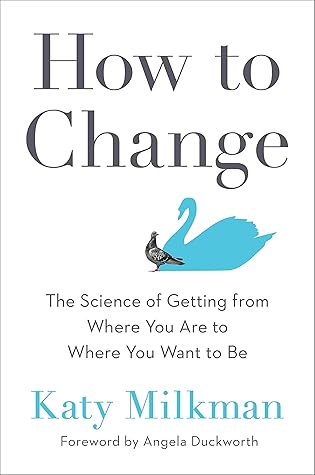Students who had approached their goals in the typical way had a measly 22 percent success rate, while those who had made just a little tweak to the standard approach reported a whopping 62 percent success rate. So what was the tweak? It was something the study’s author—renowned New York University psychology professor Peter Gollwitzer—calls forming an “implementation intention.” This fancy term actually refers to a fairly straightforward strategy the group of students with the higher success rate used: making a plan for achieving a goal and linking it to a specific cue that will remind you to
...more
This highlight has been truncated due to consecutive passage length restrictions.


